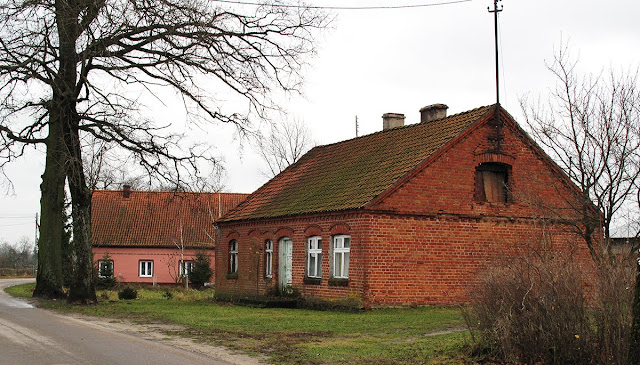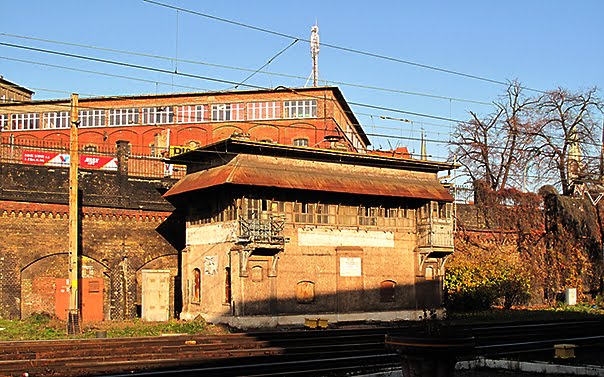It's still November 26th but I'm adding on to what I wrote this morning and adding a few more photos as well. I absolutely love this city, Amsterdam. I'm already scheming about how to come back here, maybe I'll come back here after Spain, or maybe next spring, even next November? Bring a bike and take a month or two to travel around this country. Also, remember, it is a blessedly flat country. The only hills you ever climb are to go over canals. Great bicycling everywhere.
That said, I was out riding the bike all day today. When I first peeked out of the hotel this morning it was raining and there was a slate colored sky overhead. I was disappointed because I had been looking forward to the ride and for a moment I considered going back upstairs to wait until it cleared up or stopped. But when I looked out on the main drag I saw plenty of bikers riding, just as they were yesterday, and in the rain the day before that. When you see others out there suffering in the wind and weather, you're more willing to submit yourself as well. Then, surprise surprise, the weather factor sort of recedes into the background and if you let yourself go, you'll realize that, after all is said and done, it's actually turned into a wonderful day for a bike ride. So I got my rain parka on, put on my windstopper headband, unlocked the bike and headed out. Here's a house I spotted on one of the streets near Oosterpark: lovely canal view, tile roof, authentic Dutch architecture, circa 1700 possibly. Cost? In the millions no doubt.I bicycled to a couple of points of interest that I'd discovered on Google Earth last night: the ancient De Waag building that dates from 1607 (on the left side, above), the flower market at Bloemenmarkt, a random spot out on the main channel of the Amstel River so I could see some salt water and shipping, and another park, Oosterpark (photo below), this one in the eastern part of the city. I'd been to nearby Vondelpark at the end of the day yesterday and enjoyed its quiet lanes and the feeling of serenity it offers in a very busy city. I'm thinking it would be fun to do a tour of all of the major parks every day that I'm here. I'll work a museum or some other attraction into the itinerary but the emphasis will be on getting around to everything I want to see on the bike. This town is so bicycle oriented! It's really cool.
Well, he says, here's the menu, look it over. Then he lines me out on what's good, what won last year's Cannabis Competition, which type of hash is most potent, etc. Turns out he's a shuttle bus driver driving folks to the 2009 Cannabis Competition which is going on as we speak. So I buy a joint of generous proportions, a true fatty as my Alaskan friends would say, of some stuff named "Pure" for 7 euros (prices ranged from about 5 euro up to about 35 euro for some exceedingly strong stuff) and for some reason, maybe because it was so cheap and so legal, I bought 2 grams of bud for 10 euros. And I note to myself again that everybody in the place is real friendly. The young barman who weighed up my purchase was very welcoming, and when he'd finished bagging my 2 grams, asks if I'd like anything else. Sure, I say, I'll have a coffee. So he makes me an espresso. I paid him something like 20 euros for everything and headed over to a table near the door. A couple was already sitting there but they quickly made room for me to sit down. I lit up my joint and took maybe three tokes, drinking my coffee and enjoying the really friendly environment. It didn't take long before I wanted to get outdoors for some air as it's quite smoky in these bars (like France and Germany, no cigarette smoking is allowed in public places but then this isn't cigarette smoke). After I sat down outside and became "one with the environment" for a few minutes, I realized I was pretty wrecked: I wanted to get back to my hotel room. I was definitely feeling the effects of those 3 hits. I started yawning as soon as I got back to my room. I hit the sack early that night and slept for a solid 12 hours. I guess I needed the sleep. I've been running pretty hard and fast for a month now and the long sleep felt good. And I must admit I was feeling plenty relaxed. I'm still not finished with that joint and it's going on day three already. As I said earlier, it's very strong stuff.
I've been buying food at that same little Italian take out place, Le Delizie, and just before supper last night I stopped in again at Mellow Yellow, ordered a coffee and walked upstairs. I headed over to a vacant table in the corner, sat down and lit up. Pretty soon a guy appears, looks around for a seat and as I have the only table with empty chairs, he comes over with his coffee and sits down. Immediately a conversation ensues. We chatted for a while and had a few laughs. He tells me his wife is in the diplomatic corps (for which country I don't recall). He said with a laugh, "someone in the family's got to work." A nice fellow, like me he's here to enjoy the very friendly, er, mellow, atmosphere and get high. Now that I'm a regular I feel completely at home walking in and ordering my coffee. There is a complete lack of anything even resembling hostile vibes in that shop. One immediately feels welcome and becomes part of the scene. Awesome.
And here is the obligatory photo of last night's dinner from Le Delizie. Pasta is lower left, pickled octopus on the lower right, canneloni bean salad opposite the wineglass, a bundle of spinach with oil and balsamic upper right and and then, behind the wine glass, a tray of mixed olives with pickled onions. (Tonight I went in and got a variation on that same general menu.)
Right now it's off to the Anne Frank Museum. By the way, I am loving Amsterdam. Did I already say that? It bears repeating. What a hoot to be here and on a bike, visiting the parks and food shops, and yes, the coffee shops. I'm going to head to a new coffee shop, an older one with a bigger rep, De Rokerij. And then there's the Rembrant house... Busy day ahead.
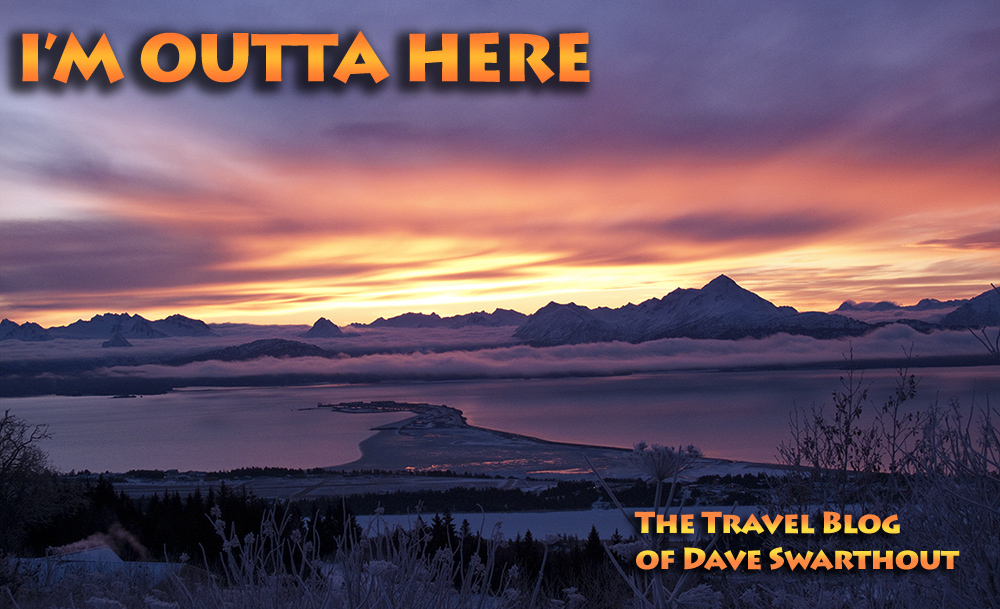












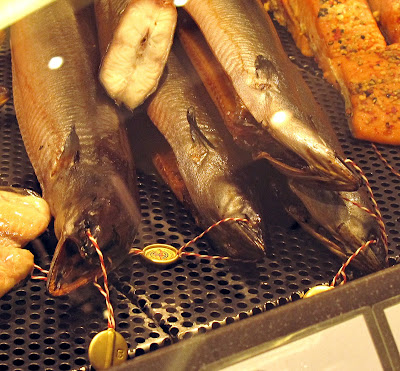






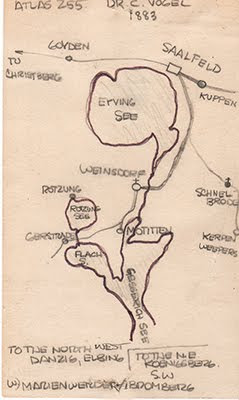



.jpg)






